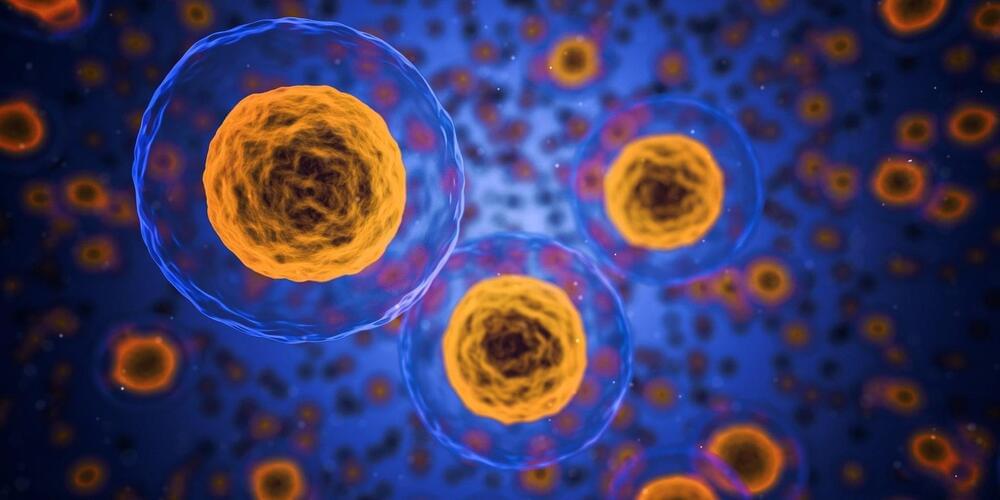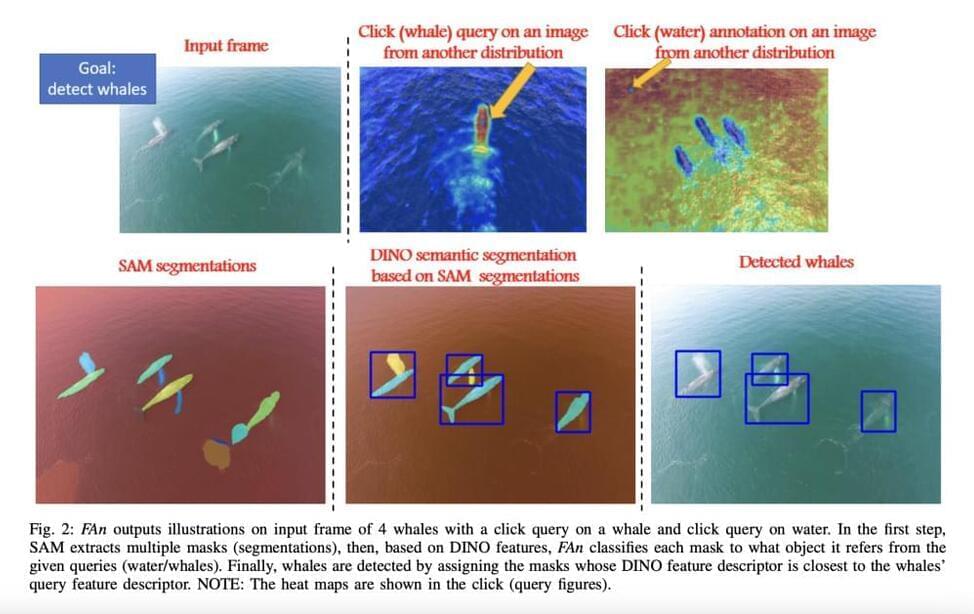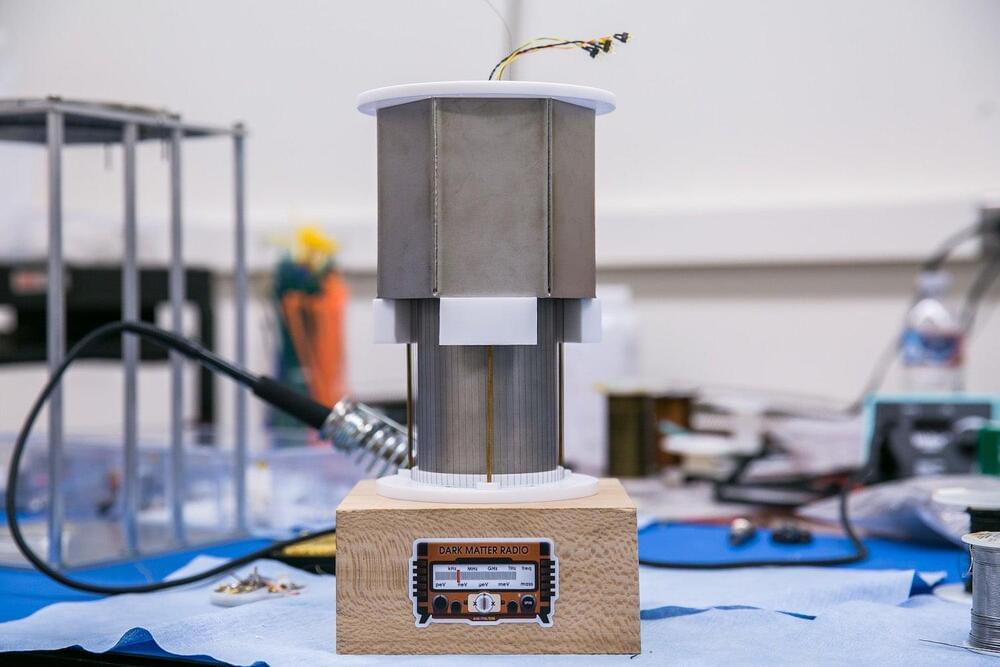(Suggested reading: “The Non-things”, Byung-Chul Han).
The idea that human connection will be crucial in the age of superintelligence is not uncommon among some experts and futurists. Superintelligence refers to a hypothetical form of artificial intelligence that surpasses human intelligence across all domains. Some individuals, including scientists and technologists, have expressed concerns about the potential impact of superintelligence on humanity.
Some argument that if superintelligence were to become a reality, it could bring about profound changes to society and the way we live. In such a scenario, human traits and values like compassion, empathy, and emotional connections could become even more critical to preserve our uniqueness and counterbalance the overwhelming capabilities of superintelligent machines. The idea is that our ability to connect with each other emotionally and maintain a sense of community, compassion, and mutual understanding could provide a counterpoint to the cold and logical calculations of superintelligent AI. This human element might serve as a safeguard against potential negative consequences or misuse of superintelligence.









